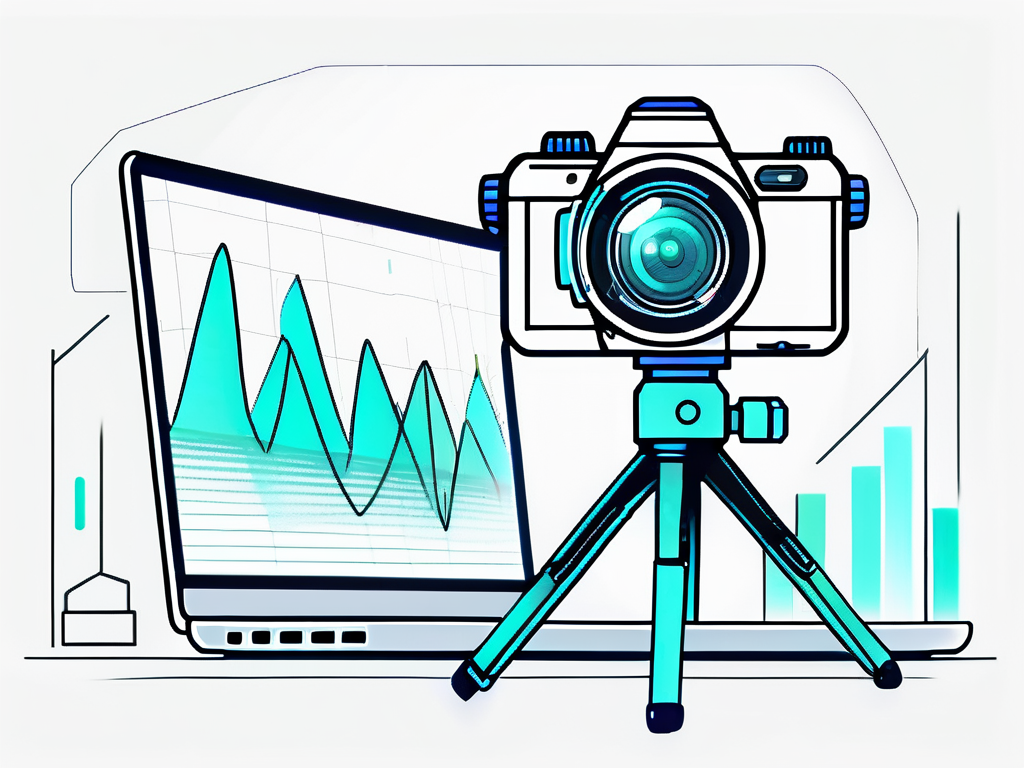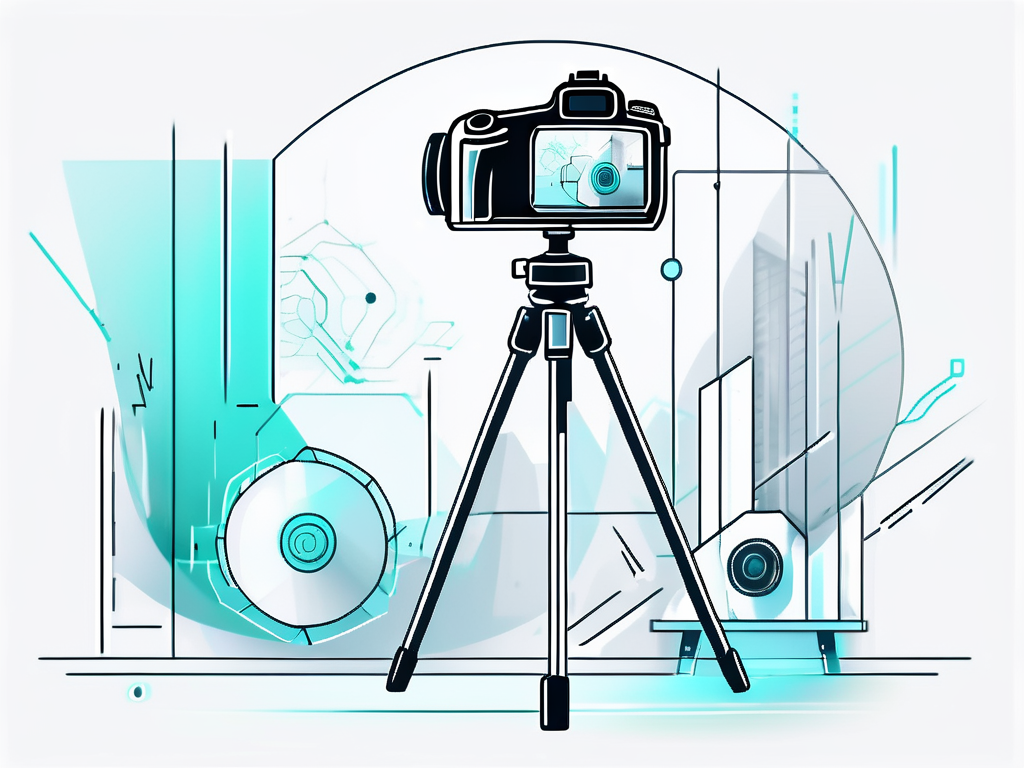With the advancement of technology, businesses are constantly seeking innovative ways to improve their operations. One area that has seen significant development is product photography. In today’s competitive market, high-quality product images play a crucial role in attracting customers and driving sales. However, the traditional process of capturing and editing product photos can be time-consuming and costly. This is where AI image processing comes into play. In this article, we will explore how AI can automate product photography and the benefits it brings to businesses.
Understanding AI Image Processing
Before diving into the world of automated product photography, it is essential to have a basic understanding of AI image processing. Artificial intelligence (AI) refers to the simulation of human intelligence in machines. It enables computers to perform tasks that typically require human intelligence, such as visual perception and decision-making. In the context of product photography, AI image processing involves using algorithms and machine learning techniques to analyze and enhance digital images.

Artificial intelligence has made significant strides in the field of image processing, particularly in the realm of product photography. By harnessing the power of AI, businesses can now automate and optimize their visual content creation processes, leading to more efficient workflows and higher-quality images.
The Basics of AI Image Processing
AI image processing involves a series of complex algorithms that analyze various aspects of an image. These algorithms can identify and enhance specific features, colors, and textures, resulting in more visually appealing product photos. By utilizing machine learning algorithms, AI image processing can continually improve its performance over time.
Furthermore, AI image processing techniques extend beyond basic enhancements to include advanced features such as object recognition, image segmentation, and even style transfer. These capabilities open up a world of creative possibilities for product photographers, allowing them to experiment with different visual styles and effects effortlessly.
The Role of AI in Product Photography
AI has revolutionized product photography by automating several aspects of the process. From capturing images to editing and optimizing them for various platforms, AI streamlines the entire process, saving businesses valuable time and resources. Let’s now explore the steps involved in automating product photography.
One of the key advantages of incorporating AI into product photography is its ability to adapt to changing trends and consumer preferences quickly. By analyzing vast amounts of image data, AI algorithms can identify patterns and insights that humans might overlook, helping businesses stay ahead of the curve in their visual marketing strategies.
The Process of Automating Product Photography
Steps to Automate Your Product Photography
1. Photography Setup: The first step in automating product photography is to set up the necessary equipment. This includes a camera, lighting setup, and a photography surface, such as a table or a lightbox. Choose equipment that suits your specific requirements and budget.

2. Image Capture: Utilize AI-enabled tools or software to capture high-quality product photos automatically. These tools often come with built-in features like object recognition, image stabilization, and automatic focus, ensuring consistent and professional-looking images every time.
3. Image Editing: Once the product photos are captured, AI image processing algorithms can automatically enhance and optimize the images. This includes adjusting colors, removing imperfections, and applying filters to create visually stunning images. This step significantly reduces the time and effort required for manual image editing.
4. Image Formatting: After editing, the images need to be formatted for various platforms, such as e-commerce websites, social media, and print materials. AI can automatically resize, crop, and optimize the images to meet the specific requirements of each platform, ensuring a seamless and efficient process.
5. Metadata Tagging: To improve searchability and SEO, it’s crucial to add relevant metadata to the product images. AI algorithms can automatically analyze the images and generate appropriate tags and descriptions, saving businesses the time and effort of manually tagging each image.
Tools Needed for Automation
Automating product photography requires the right tools and software. Some popular AI-enabled tools for automating product photography include [Insert Name of Tool A] and [Insert Name of Tool B]. These tools offer a range of features such as image recognition, editing, and formatting, making the automation process smooth and efficient.
Automating product photography not only saves time and effort but also ensures consistent and professional-looking images. With the advancement of AI technology, businesses can now streamline their product photography process and achieve high-quality results without the need for extensive manual labor.
One of the key advantages of automating product photography is the ability to capture images from multiple angles and perspectives. AI-enabled tools can be programmed to rotate the product automatically, capturing images from different sides and angles. This feature is particularly useful for e-commerce businesses that require 360-degree product views to enhance the customer’s online shopping experience.
Furthermore, AI algorithms can analyze the captured images and identify any imperfections or flaws. This includes detecting scratches, blemishes, or even dust particles on the product. The software can then automatically remove or minimize these imperfections, resulting in flawless and visually appealing product images.
Another benefit of automating product photography is the ability to optimize images for different platforms. Each platform, such as e-commerce websites or social media, may have specific requirements regarding image dimensions, file size, or aspect ratio. AI tools can automatically resize, crop, and optimize the images to meet these requirements, ensuring that the product images look their best on every platform.
Moreover, automating the image editing process eliminates the need for manual adjustments and corrections. AI algorithms can analyze the captured images and apply the appropriate enhancements automatically. This includes adjusting colors, brightness, contrast, and even applying filters to create a visually stunning image that highlights the product’s features.
By automating the metadata tagging process, businesses can also improve the searchability of their product images. AI algorithms can analyze the content of the images and generate relevant tags and descriptions automatically. This not only saves time but also ensures that the product images are optimized for search engines, increasing their visibility and discoverability.
Overall, automating product photography offers numerous benefits, including time and cost savings, consistent image quality, and improved efficiency. With the right tools and software, businesses can streamline their product photography process and focus on other important aspects of their operations, ultimately enhancing their overall productivity and competitiveness in the market.
Benefits of Automating Product Photography
Efficiency and Consistency
One of the key benefits of automating product photography is improved efficiency. By reducing manual tasks, businesses can save time and allocate resources to other essential activities. Additionally, automation ensures consistency in the quality and style of product images, which is critical for maintaining a strong brand identity across all marketing channels.
Automating product photography also streamlines the workflow by integrating with existing systems such as inventory management and e-commerce platforms. This seamless integration allows for a more efficient process from capturing images to publishing them online, reducing the chances of errors and delays.
Cost-effectiveness and Scalability
Automation eliminates the need for hiring professional photographers and editors, resulting in significant cost savings for businesses. Moreover, as the volume of product photography increases, AI can handle the workload without any additional resources, making it a scalable solution for businesses of all sizes.
Furthermore, automated product photography systems often come with advanced features such as 360-degree imaging and augmented reality capabilities. These features not only enhance the customer experience but also provide businesses with innovative ways to showcase their products online, setting them apart from competitors and attracting more potential buyers.
Challenges in Automating Product Photography
Overcoming Technical Difficulties
While the automation of product photography offers numerous benefits, businesses may face technical challenges during the implementation phase. For instance, integrating AI-enabled tools into existing workflows and systems may require technical expertise. However, partnering with experienced AI solution providers or seeking expert consultation can help overcome these challenges.
Furthermore, ensuring seamless communication between different software systems and hardware components is crucial for the successful automation of product photography. This may involve customizing APIs, developing middleware solutions, or even upgrading existing infrastructure to support the new automated processes.
Addressing Quality Concerns
Another challenge in automating product photography is ensuring the quality of the final images. Businesses must carefully configure the AI algorithms to achieve the desired results. Additionally, manual quality control checks should be in place to address any inconsistencies or errors that may arise during the automation process.
Moreover, establishing clear quality standards and guidelines for automated product photography is essential to maintain consistency across all captured images. Regular calibration of equipment, monitoring of image output, and feedback mechanisms from stakeholders can help identify and rectify any quality issues in a timely manner.
Future of AI in Product Photography
Predicted Advancements in AI Image Processing
The field of AI image processing is continually evolving, and future advancements hold great promise for product photography. Improved object recognition algorithms, enhanced image editing capabilities, and real-time image analysis are some areas that are expected to see significant development.
Preparing for the Future of Product Photography
As AI technology continues to advance, it is crucial for businesses to stay updated and adapt to the changing landscape of product photography. Keeping track of emerging trends, investing in AI-enabled tools, and continuously optimizing automation workflows will ensure businesses stay ahead of the competition in the dynamic world of product photography.
Conclusion
In conclusion, automating product photography with AI image processing offers numerous benefits for businesses. By streamlining the process from image capture to editing and formatting, AI enables businesses to save time, reduce costs, and maintain consistent quality. While there are challenges to overcome, with proper planning and implementation, businesses can embrace the future of product photography and stay ahead in the competitive market.